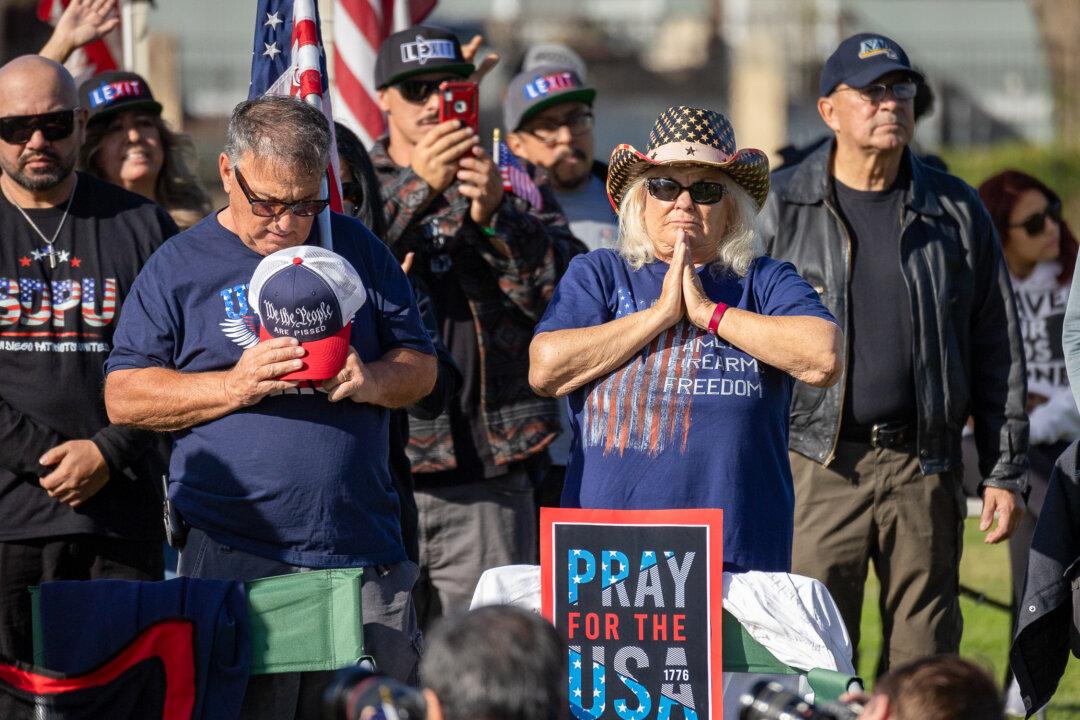Commentary

People walk around a person under the influence of drugs in the Tenderloin District of San Francisco, Calif., on May 16, 2024. John Fredricks/The Epoch Times
|Updated:
Matthew David Jones is a 20-year-old Orange County-based writer photographer, videographer, and political activist. He has had involvement with Turning Point USA as a Chapter Leader, founded the Esperanza High School Chapter in Anaheim, and has experience in the political arena as a campaign congressional intern leader.
Author’s Selected Articles




